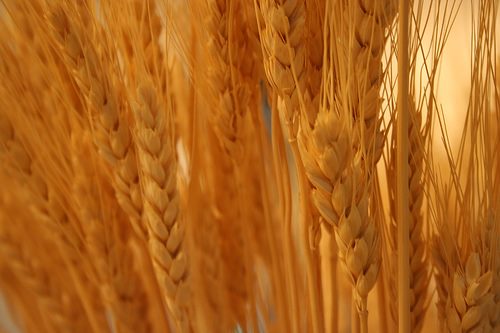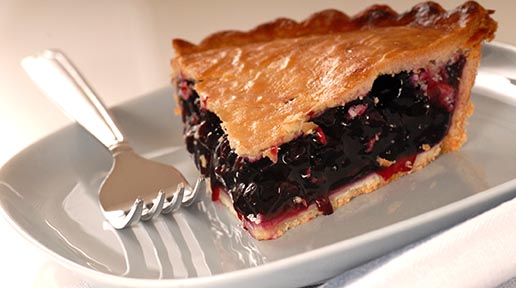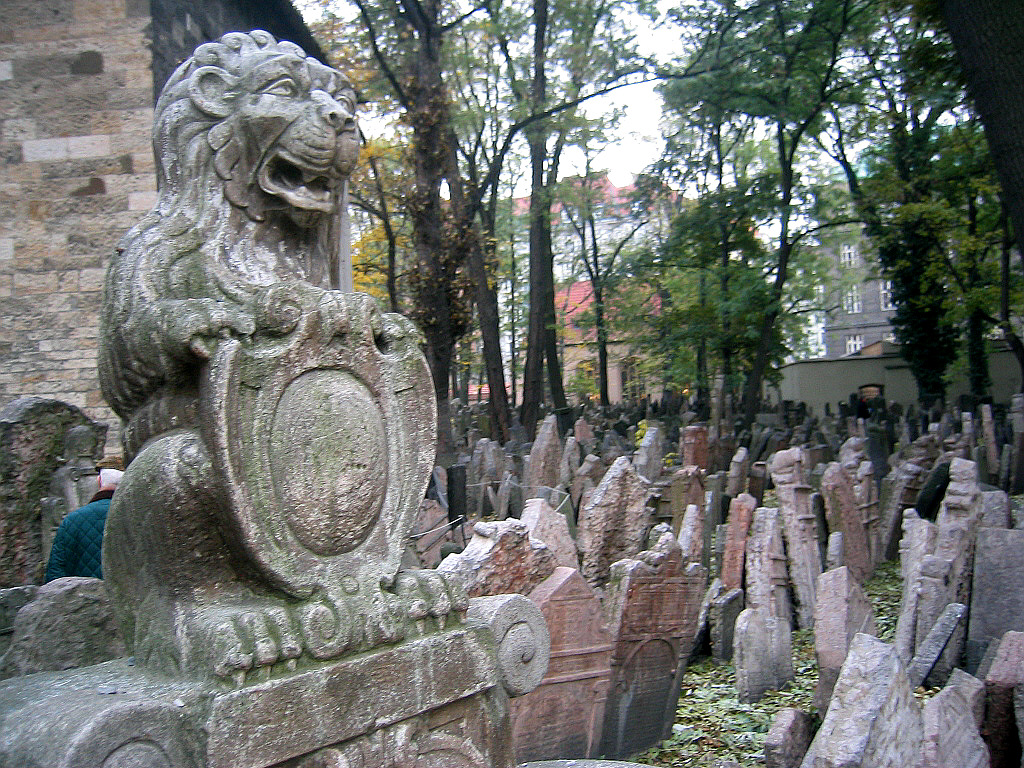
Bread made of the flour from newly-harvested wheat would be brought to church on Lammas Day to mark the beginning of autumn.
Lammas Day (August 1) is the traditional day to mark the beginning of autumn. Who wants to think about autumn before Labor Day?! But the back-to-school sales have started, so maybe… The wheat harvest begins at this time and the loaves baked with the newly-harvested wheat would be brought into church to be blessed. Hence, “Loaf-Mass Day” or Lammas Day. It also might be the more sedate, English version of the Irish-Scotch celebration of Lughnasadh.
In medieval times the feast was sometimes known in England and Scotland as the “Gule of August” but the meaning of “gule” is unclear. Some think “Gule” is derived from Gŵyl Awst, the Welsh name of the “feast of August”. Others think “Gule” is derived from “gullet” or “throat” and is associated with chewing/swallowing the blessed bread or other newly harvested food.
Some also think “Lammas” is derived from “Lamb-Mass” at which the new sheep would be blessed and then shorn for the first time. Or that a lamb would be let loose in the fields for one of the field-workers to catch, making a game out of the work. The winner field hand would bring the lamb he caught into church to be blessed. (The lamb associations with Lammas seem especially strong near York in the north of England.)
In Shakespeare’s Romeo and Juliet (1.3.19) it is observed of Juliet, “Come Lammas Eve at night shall she [Juliet] be fourteen.” Since Juliet was born on Lammas eve, she came before the harvest festival, which is significant since her life ended before she could reap what she had sown and enjoy the bounty of the harvest, in this case full consummation and enjoyment of her love with Romeo.
See a previous post about Lammas here.


